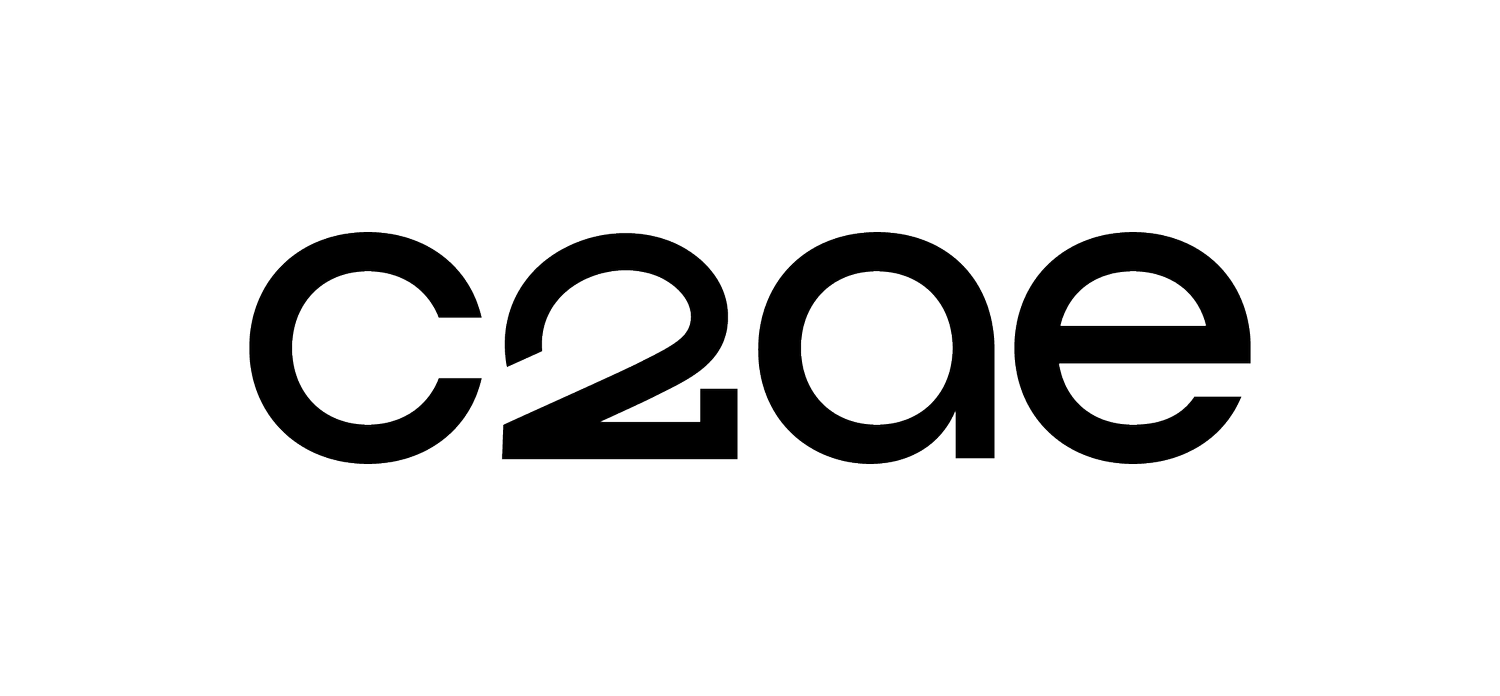GIS in Action: Clarkson Grad’s Role in Campus Optimization
In the fall of 2023, a senior at Clarkson University saw an opportunity to bridge his studies, career, and alma mater, and he took it. Patrick Hayes, now a Clarkson graduate, became C2AE’s GIS intern. Patrick’s responsibility was to assess room after room of Clarkson’s four-story CAMP building, capturing key assets in a geographic information system (GIS) database. The goal of this extensive effort? To make the CAMP building more efficient and save the university money.
We sat down with Patrick to reflect on his experience as a GIS intern here at C2AE.
Tell us about your background.
I graduated from Clarkson University in mid-December with a bachelor’s degree in mechanical engineering and a minor in electrical engineering. While I was studying, I heard about the internship at C2AE from a connection in the Clarkson Facilities and Maintenance Department. I already knew a lot about GIS from a class, and then I learned more through a previous internship, so this was a great opportunity to further my knowledge.
Describe your average day as a GIS intern.
My day consists of first ensuring I have the technology I need. I take my phone, iPad, battery pack, and charger, then head into Clarkson.
I’m currently working on assessing the CAMP building. I’ll meet with my team members to discuss how to tackle what they want to achieve for the day. Then I systematically go into each room—including mechanical rooms, offices, lecture halls, and labs—and assess any assets that Clarkson wants to capture. Specifically, I’m looking for life safety equipment, fire strobe lights, fire alarms, windows, and lab stations. My focus is on HVAC systems in mechanical rooms and fume hoods in labs. I check that the equipment is fully working or whether it needs repair or replacement. Then I collect all that data in the ArcGIS Field Maps app on my phone and iPad.
What happens with that information?
This is a big project. The CAMP building has four floors, and we’re only on the second floor right now. Once we’ve collected all the data we need, we’ll have a complete map that indicates anything with a medium to high possibility of failure. For example, an asset might be rusty or have loose wires. These items will be brought to Clarkson’s board, and the map will demonstrate how the asset is not at peak efficiency and losing money for the school. Clarkson will then be able to decide whether to replace or repair the equipment.
What have your biggest takeaways been from this experience?
I’ve learned a lot through this process. I look at HVAC systems differently now. I can look at a 30-year-old air handler and know whether the piece is original or if it’s been altered and repaired over the years. I can also make a strong guess as to what caused the new machinery to come in. Was it because the pump was old? Was it overheating?
I’ve also learned to look at building features that I’ve never noticed before. For example, our project manager has helped me identify types of flooring, or why cracks in a wall would occur.
What’s it been like for you to go back and work at your school?
It’s been interesting. I’ve been meeting professors I thought I wouldn’t see for a while. It’s advantageous to come into the building after going to school there for four years. If I need to go to a room, I know how to get there, what’s in it, and who uses it. If I see a large room on the GIS map, I might know it’s a computer lab that has classes during certain hours, and I can help coordinate with the team to make sure we aren’t interrupting a class.
Would you recommend this process to other colleges and universities?
Definitely. On the financial side, Clarkson should be able to save a decent amount of money. Plus, coming into this as a former student, I know the rooms where the air conditioning units are working too hard—because I’ve taken classes there. It’s hard to learn about thermodynamics in a hot room. So, I can say from experience that this process is going to help Clarkson University and its students.

